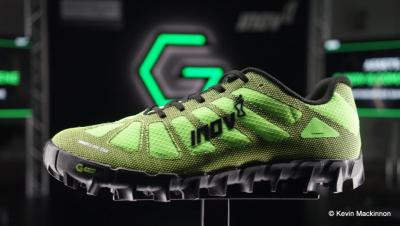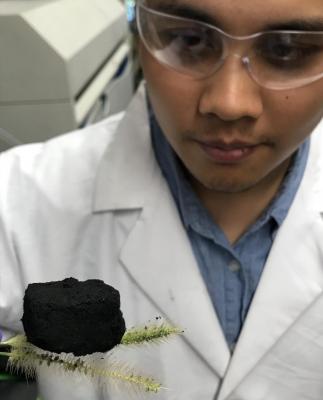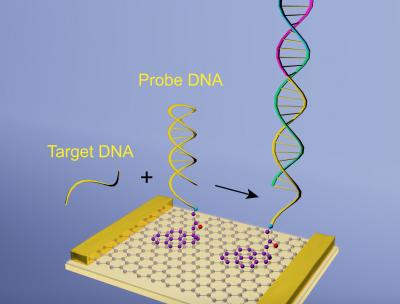Haydale reports strong commercial progress in graphene-enhanced composites
 Haydale, the global advanced materials group, has announced that strong commercial progress has been made with an unspecified global composite materials group to enhance mechanical properties for selected products in their range of materials, through a commercially funded contract.
Haydale, the global advanced materials group, has announced that strong commercial progress has been made with an unspecified global composite materials group to enhance mechanical properties for selected products in their range of materials, through a commercially funded contract.
Over the last 12 months, Haydale has completed a series of pre-production trials for this customer (who for commercial reasons cannot be named) to enhance these selected products' mechanical performance through the incorporation of graphene in a range of world-wide industrial applications. Haydale reports that to date, it has been paid approximately $150,000 USD by the Customer for these trials.






